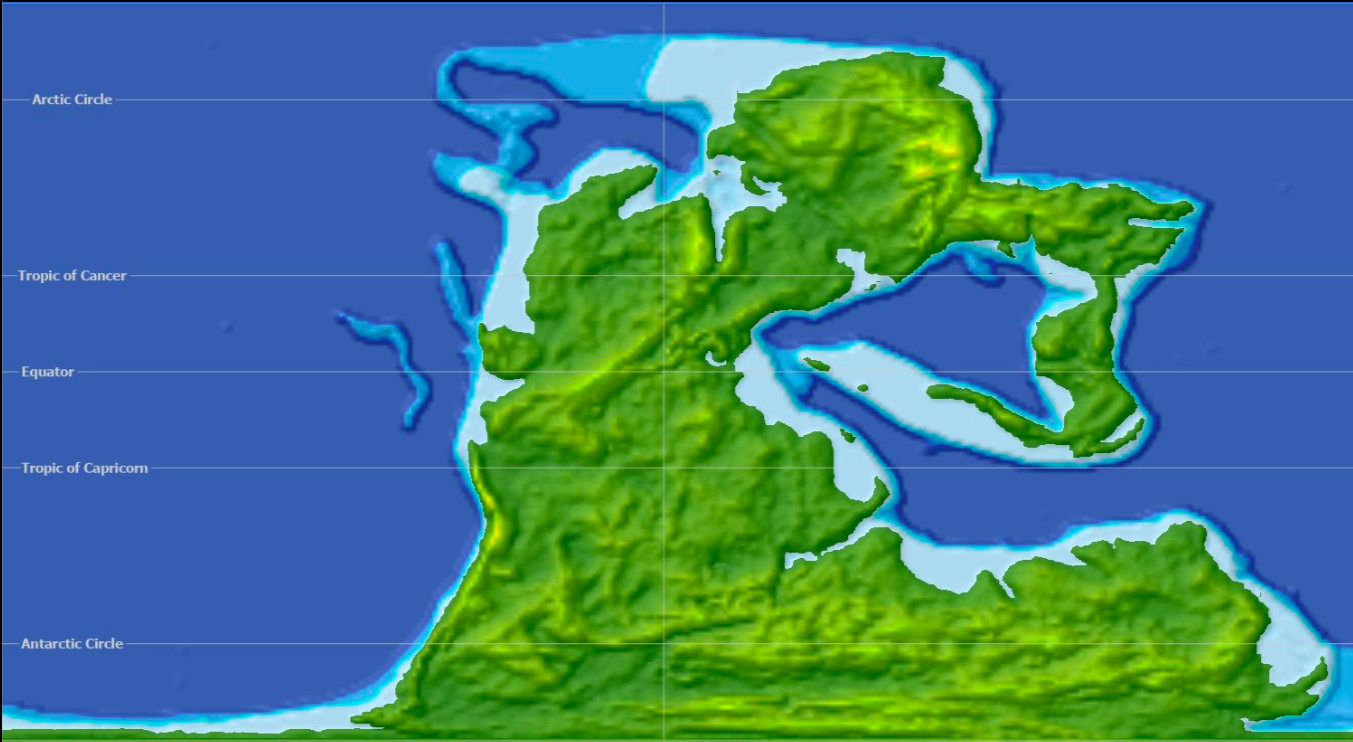Donald Duck first appeared in Disney’s 1934 cartoon The Wise Little Hen (below). In his subsequent roles, he quickly developed into that still-familiar figure the New Yorker once described as “personified irritability.” But it would take him another decade or so to become more than an incompetent, quick-to-anger foil for Mickey Mouse. It would also take the mind and hand of Carl Barks, a former Disney artist who’d retreated to the edge of the California desert to raise chickens and draw a few comic books for extra money. That ostensible side gig lasted thirty years, during which Barks wrote and drew about 500 Donald Duck stories, building an entire world around him now regarded as one of the greatest works of American comic art.
Even as Barks’ comics became enormously popular, he labored on them in total anonymity; fans called him “the Good Duck Artist” (which now seems more of a commentary on the artistic standards of Disney comics at the time) or “the Duck Man.” As comics Youtuber matttt puts it in the video above, “in the early nineteen-fifties, the Duck Man was selling three million comics every single month, and yet no one knew his name,” because “Disney was intent on keeping alive the myth that Walt Disney himself personally drew the comics.” Despite that, it was clear to many readers, young and old, that one particular Donald Duck artist was producing material of exceptional ambition and “astoundingly high quality.” It would take the especially dedicated among them years and years of repeated attempts before finding out his name.
“The duck comics were, at their best, rip-roaring, edge-of-your-seat, globe-trotting comic adventures,” says matttt. “They feel less like Steamboat Willie and more like Indiana Jones or Star Wars — or, should I say, Indiana Jones and Star Wars feel like the duck comics, because both George Lucas and Steven Spielberg grew up reading, and are vocal fans of, the Duck Man.” Other avowed Barks enthusiasts include R. Crumb, Matt Groening, and even Osamu Tezuka, the “God of Manga” himself. “Even when I open manga from much later, like Dragon Ball or One Piece, by artists who, to my knowledge, have never read a Donald Duck comic, I see the Duck Man’s influence: in those half-page scene-setting splashes, the big eyes, expressive faces, the sense of motion and pacing.”
Barks only came into the public eye after his actual retirement, and in his later decades found himself fêted around the world. Generations of readers had grown up familiar with not just his sophisticated interpretation of Donald Duck and his nephews Huey, Dewey, and Louie, but also the city of Duckburg he created and the characters with whom he populated it: Gyro Gearloose, the Beagle Boys, Magica DeSpell, and most distinguished of all, Donald’s impossibly wealthy uncle Scrooge McDuck. Like most millennials, I first encountered them all through DuckTales, the Disney TV series with a Barksian penchant for exotic travels and ironic endings; this prepared me to appreciate Barks’ original stories as Gladstone Comics subsequently reprinted them in the nineties. And like all former young Barks fans, I’ve only come to appreciate them more in adulthood.
Related Content:
How Walt Disney Cartoons Are Made: 1939 Documentary Gives an Inside Look
Donald Duck’s Bad Nazi Dream and Four Other Disney Propaganda Cartoons from World War II
An Early Version of Mickey Mouse Enters the Public Domain on January 1, 2024
Watch 13 Experimental Short Films by Tezuka Osamu, the Walt Disney of Japan
Based in Seoul, Colin Marshall writes and broadcasts on cities, language, and culture. His projects include the Substack newsletter Books on Cities, the book The Stateless City: a Walk through 21st-Century Los Angeles and the video series The City in Cinema. Follow him on Twitter at @colinmarshall or on Facebook.








